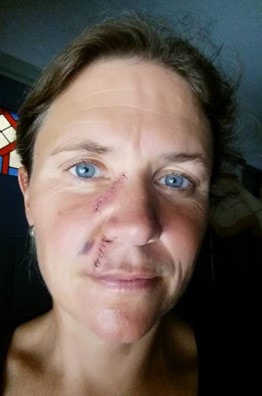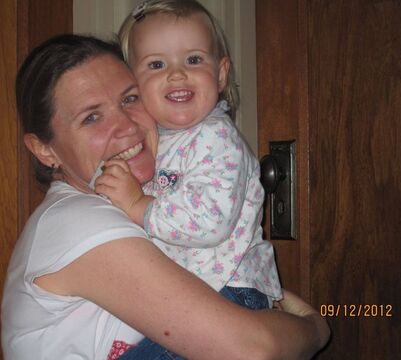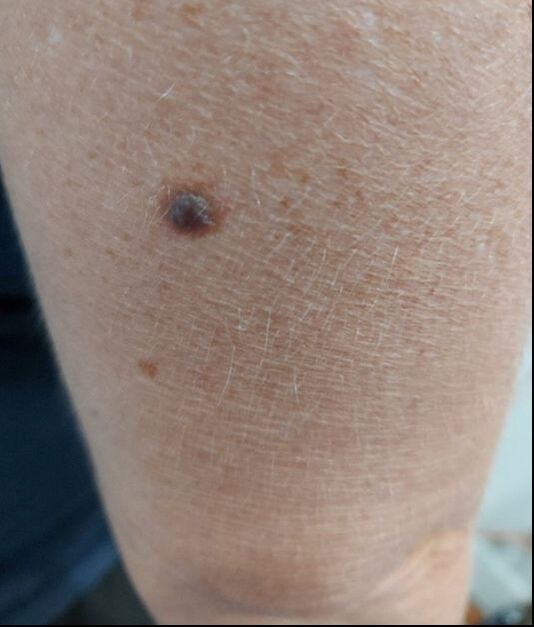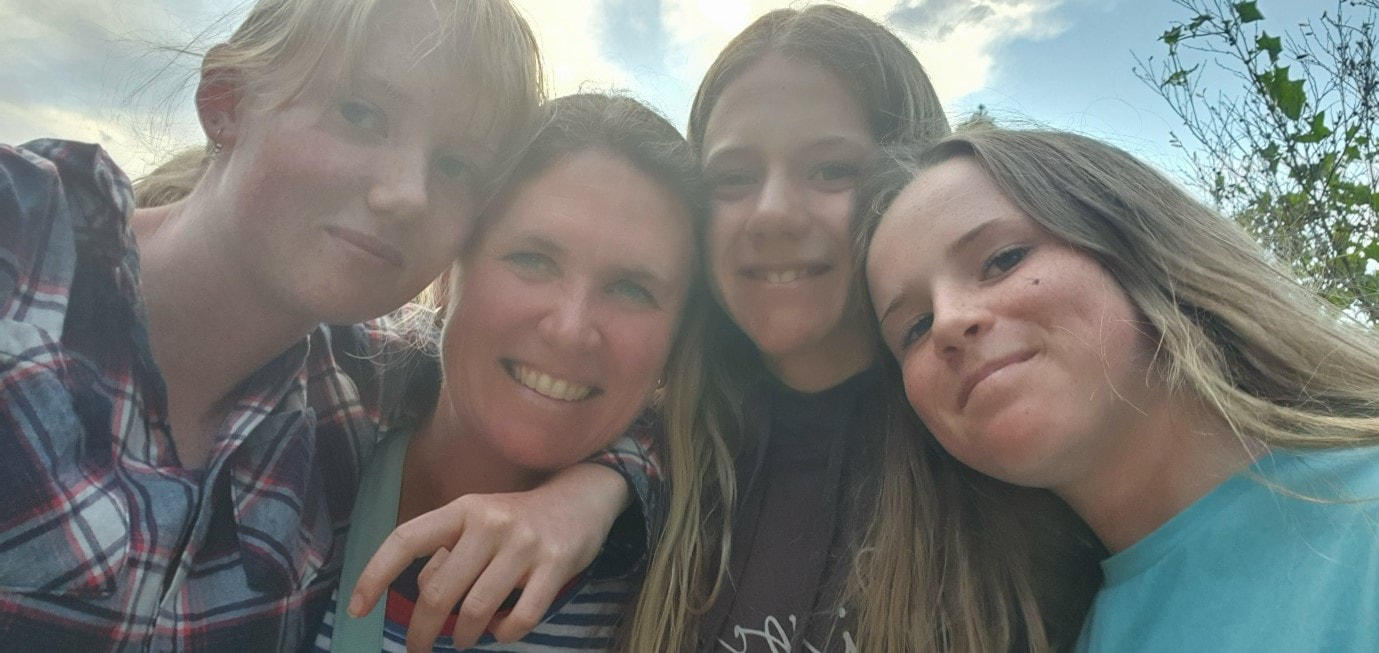|
With a family history of skin cancer and a lifelong love affair with sun and sand, I’ve been under the care of a specialist dermatologist for over a decade. Like so many others, when COVID-19 hit, non-urgent health care was the last thing on my mind. I had a lucky escape.  Warning signs A lifetime in the sun and a family history of skin cancer were never going to be a great combination. In my mid-30s, I noticed a weird sore on my face that wouldn’t heal. Sure enough, it was my first basal cell carcinoma (BCC). Cancer, but not scary cancer. Treated, and a promise to myself to be vigilant. People who have had multiple BCCs are three times more likely to develop melanoma or other cancers, so the best way to stay safe was surveillance. Over the next decade, skin checks resulted in the discovery and removal of two more BCCs and one Bowen’s disease on my face.  Trusting your gut I’d always seen the same dermatologist, but my confidence was waning. A ‘harmless’ spot turned out to be a BCC, no reminders to come regularly, no photos to track changes over time. It just didn’t seem like enough with my history. My last visit was in March 2019. I pointed out a mole on the back of my arm. Awkward spot, hard for me to see. It had been there forever. But was it getting darker? Just a mole, they said. I still had niggling doubts. Next time I’d see a new dermatologist. The black hole of COVID COVID hit, and in a blink, it’d been three years since my last skin check. We’d spent hundreds of days imprisoned in our homes and booking a skin check hadn’t crossed my mind once. It was pure survival mode, and my health wasn’t on the radar.  Not messing around I met my new specialist in March 2022, loving the vibe in the all-female practice. Ran through my history. Just a general skin review, thanks. Maybe check out this mole. I think it may have gotten darker. An audible gasp. We’ll need to remove that tonight, she says. Results came in a few days. An invasive melanoma. Stage 1B. Completely excised with a clear margin. No growth markers. But at 1.1mm deep, there’s a slight chance it could have spread through the lymph system. We’ll need to check it out. Treatment and waiting
A specialist cancer surgeon completed a wide local excision and a sentinel lymph node biopsy to check for spread. Recovering at home, roles were reversed as the kids became carers, bringing tea and stepping up with extra chores. With the support of friends and family, I mostly did a good job of not dwelling on worst-case scenarios. That’s not to say I succeeded all the time, especially on wakeful nights when panic and fear became unwelcome visitors. I’d lost an amazing friend to ocular melanoma when she was my age. I remember her saying, if it's spread, I’m f***ed. It had, and she was. I was so annoyed with myself. I knew that I was at risk of developing melanoma. Lockdown was no excuse. We were allowed to leave home for medical care. I’d even seen media reports of a drop in cancer diagnoses because people were missing screening procedures. It was going to result in people being diagnosed with later stage cancer, with fewer treatment options and worse outcomes. How could I have let this happen? Relief and gratitude Four excruciating weeks after my initial diagnosis, my surgeon called with the words I’d almost not dared to hope for. No cancer was detected in the lymph nodes. No spread. Treatment complete. There’ll be regular surveillance forever, but this one is done. I’ve never felt such a massive physical surge of relief. And such overwhelming gratitude to the universe, science and the doctors who treated me. Lessons My hope is that one person who reads this story makes their appointment today. Please, sort that medical treatment you’ve been putting off. You might be lucky enough to dodge a bullet like I did. Jo Harrison is a freelance copywriter and marketing consultant.
0 Comments
|


 RSS Feed
RSS Feed